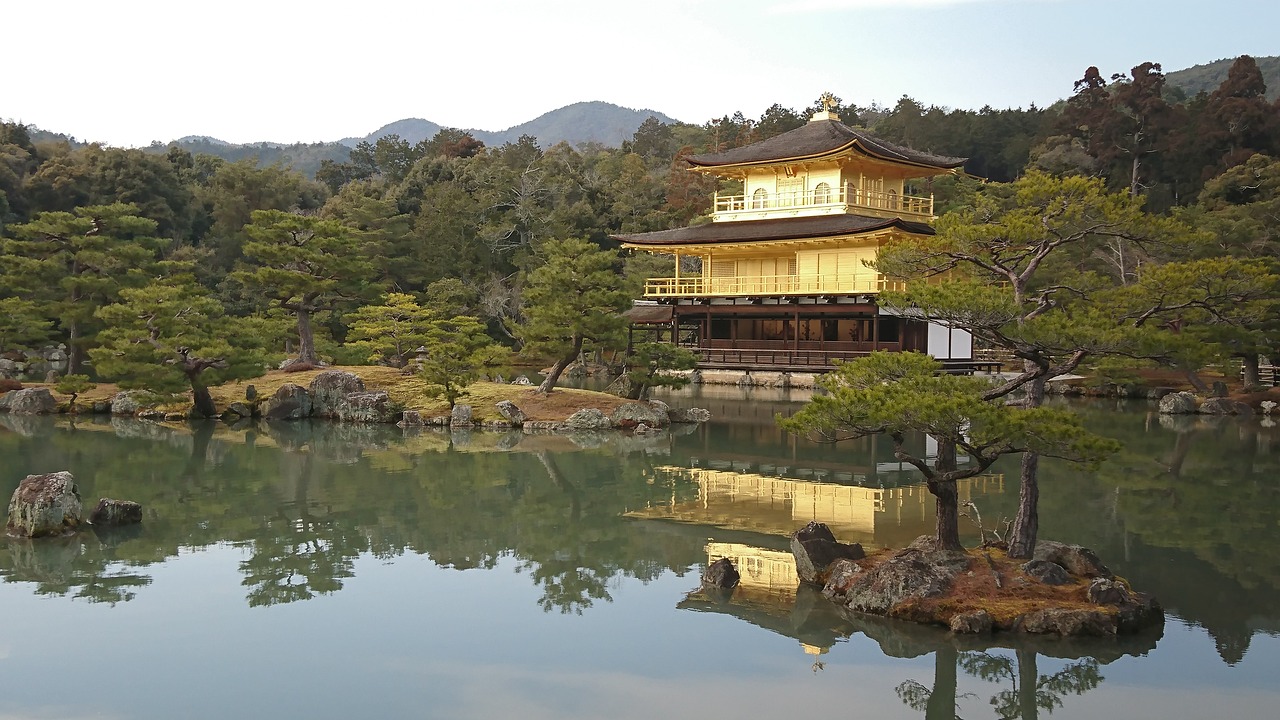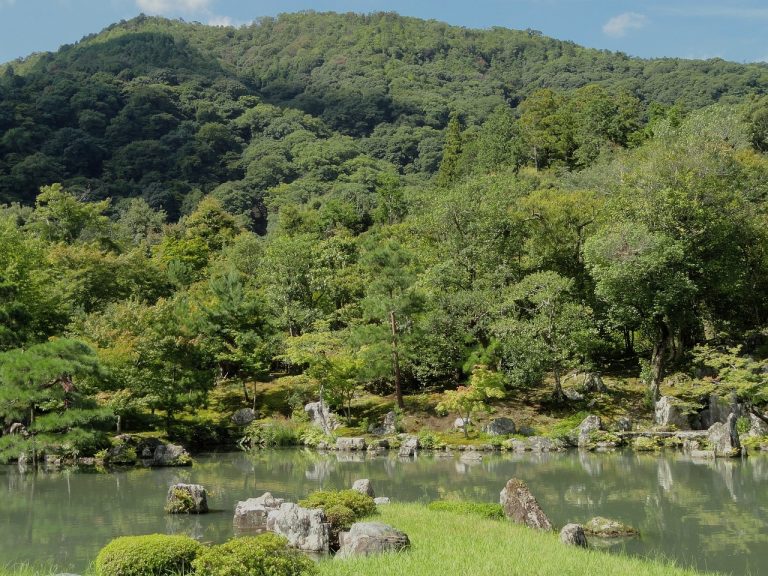Kyoto Japan Video
The Cultural Evolution of Kyoto Japan
Kyoto, the former capital of Japan, is a city rich in history and cultural heritage. From ancient temples and shrines to traditional arts and crafts, Kyoto has been a center of Japanese culture for centuries. In this article, we will explore the cultural evolution of Kyoto and how it has shaped the city into what it is today.
Ancient Temples and Shrines
- Kiyomizu-dera: One of Kyoto’s most iconic landmarks, Kiyomizu-dera is a UNESCO World Heritage Site. It was founded in 778 and is famous for its wooden terrace that offers stunning views of the city.
- Kinkaku-ji: Also known as the Golden Pavilion, Kinkaku-ji is a Zen Buddhist temple covered in gold leaf. It was originally built in 1397 and is a popular tourist attraction.
- Fushimi Inari Taisha: Known for its thousands of vermilion torii gates, Fushimi Inari Taisha is dedicated to the Shinto god of rice and agriculture. It is one of the most important Shinto shrines in Japan.

Traditional Arts and Crafts
- Kyoto Pottery: Kyoto is known for its exquisite pottery, including the famous Kiyomizu-yaki and Kyo-yaki styles. These ceramics are often adorned with intricate designs and are highly valued.
- Kimono: Kyoto is the birthplace of the traditional Japanese garment known as the kimono. The city is home to many kimono shops and workshops where visitors can learn about the art of kimono wearing and even try one on.
- Tea Ceremony: The tea ceremony, or chanoyu, is a traditional Japanese ritual that originated in Kyoto. It involves the preparation and serving of matcha, a powdered green tea, in an aesthetically pleasing manner.
Gardens and Parks
- Katsura Imperial Villa: Built in the 17th century, the Katsura Imperial Villa is a masterpiece of Japanese garden design. Its meticulously landscaped gardens and tranquil ponds make it a must-visit for nature lovers.
- Arashiyama Bamboo Grove: Located in the western outskirts of Kyoto, the Arashiyama Bamboo Grove is a mesmerizing bamboo forest that creates a serene and otherworldly atmosphere.
- Maruyama Park: Maruyama Park is one of the most popular cherry blossom viewing spots in Kyoto. During the sakura season, the park is filled with people enjoying hanami, the tradition of flower viewing.

Traditional Cuisine
- Kaiseki: Kaiseki is a traditional multi-course meal that showcases the seasonal flavors and ingredients of Kyoto. It is a culinary art form that often includes meticulously arranged dishes served in beautiful pottery.
- Yudofu: Yudofu is a simple yet delicious Kyoto specialty consisting of tofu simmered in a flavorful broth. It is a popular choice for vegetarians and those looking for a healthy meal.
- Kyoto Sweets: Kyoto is renowned for its traditional sweets, such as wagashi. These delicate confections often feature seasonal ingredients and are enjoyed with a cup of matcha tea.
Geisha Culture
- Gion District: Gion is Kyoto’s most famous geisha district, known for its preserved traditional architecture and teahouses. Visitors can catch a glimpse of geisha and maiko (apprentice geisha) walking along the streets.
- Miyako Odori: Miyako Odori is an annual dance performance held by the geisha of Gion. It showcases traditional Japanese dance, music, and costumes, providing a unique insight into the geisha culture.
- Maiko Makeover: In Kyoto, visitors have the opportunity to experience a maiko makeover, where they can dress up as a maiko and have their hair and makeup done by professionals. It is a chance to immerse oneself in the geisha world.
Modern Cultural Institutions
- Kyoto International Manga Museum: This museum is dedicated to manga, the popular Japanese art form of comics and graphic novels. It houses a vast collection of manga and offers interactive exhibits and workshops.
- Kyoto National Museum: The Kyoto National Museum is one of Japan’s oldest and most prestigious museums. It exhibits a wide range of Japanese and Asian art, including paintings, sculptures, and ceramics.
- Kyoto Concert Hall: The Kyoto Concert Hall is a major venue for classical music performances in Kyoto. It hosts a variety of concerts by renowned orchestras and musicians from around the world.

Traditional Festivals
- Gion Matsuri: Gion Matsuri is one of Japan’s most famous festivals, held in July in Kyoto. It features elaborate processions, traditional floats, and lively street stalls.
- Jidai Matsuri: Jidai Matsuri, or Festival of the Ages, is held in October to celebrate Kyoto’s rich history. Participants dress in period costumes and parade through the streets, showcasing different eras of Japanese history.
- Aoi Matsuri: Aoi Matsuri is a grand procession that takes place in May to pray for a good harvest. Participants wear traditional Heian period costumes and march from the Imperial Palace to the Kamo shrines.
Conclusion
Kyoto’s cultural evolution is a testament to the city’s rich history and deep-rooted traditions. From ancient temples and shrines to traditional arts and crafts, Kyoto offers a glimpse into Japan’s past while embracing modernity. Its gardens, parks, cuisine, geisha culture, modern institutions, and festivals all contribute to the unique tapestry of Kyoto’s cultural heritage.
References
– kyoto.travel
– japan-guide.com
– kyotostation.com
– kiyomizudera.or.jp
– kinkakuji.or.jp
– japan.travel







